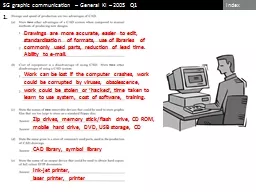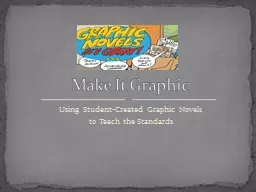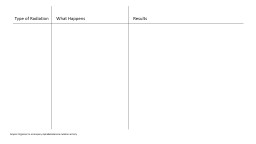PPT-Graphic Organizer 8.2a onto Portfolio
Author : natalia-silvester | Published Date : 2018-12-29
p27 Write the following in each box showing how one lead to the next Constitutional Convention New Jersey Plan Annapolis Convention Virginia Plan Great Compromise
Presentation Embed Code
Download Presentation
Download Presentation The PPT/PDF document "Graphic Organizer 8.2a onto Portfolio" is the property of its rightful owner. Permission is granted to download and print the materials on this website for personal, non-commercial use only, and to display it on your personal computer provided you do not modify the materials and that you retain all copyright notices contained in the materials. By downloading content from our website, you accept the terms of this agreement.
Graphic Organizer 8.2a onto Portfolio: Transcript
Download Rules Of Document
"Graphic Organizer 8.2a onto Portfolio"The content belongs to its owner. You may download and print it for personal use, without modification, and keep all copyright notices. By downloading, you agree to these terms.
Related Documents














